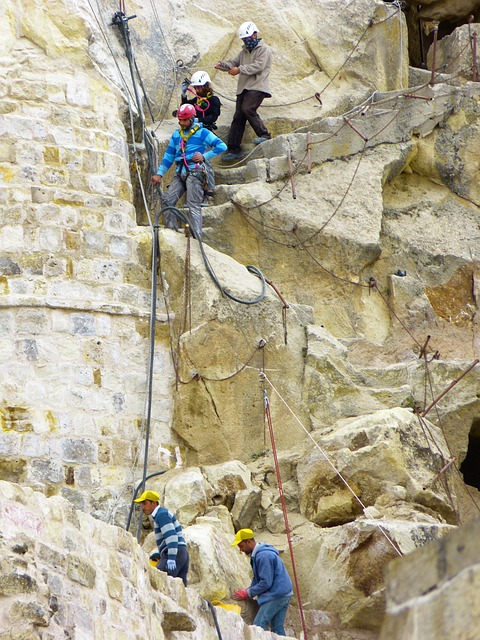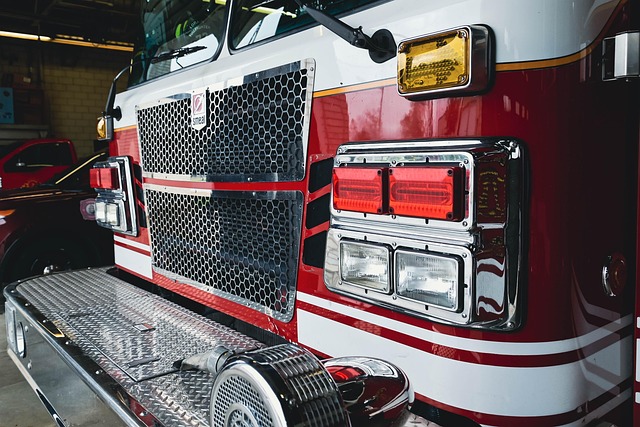After a house fire in Boerne, immediate priorities are evacuating residents, calling emergency services, and shutting off utilities. Emergency tarping is a crucial first step to protect the home from weather damage while long-term restoration plans are developed. Proper tarping techniques, including sealing edges and reinforcing critical areas, prevent further harm and coordinate with insurance providers for regular inspections.
After a devastating house fire in Boerne, immediate action is crucial. This introduction guides you through essential steps and innovative solutions for fire restoration emergency tarping. Learn how this temporary yet critical measure protects your property from further damage until permanent repairs can be made. Discover efficient tarping techniques and best practices to ensure your home’s safety and security during the recovery process, answering key questions on what to do after a house fire in Boerne.
- Immediate Steps After a House Fire in Boerne
- Understanding Emergency Tarping for Fire Restoration
- Efficient Tarping Techniques and Best Practices
Immediate Steps After a House Fire in Boerne

After a house fire in Boerne, immediate action is crucial to mitigate damage and ensure safety. The first steps should involve evacuating everyone from the premises and calling emergency services. Next, if it’s safe to do so, turn off the main gas valve and electrical power to prevent further hazards. It’s also essential to remove valuable possessions and personal mementos, as these may be better preserved for potential insurance claims or sentimental value.
For temporary protection, fire restoration experts recommend emergency tarping solutions. These involve securing tarp covers over damaged roofs and walls to shield the structure from weather elements and further deterioration while a more comprehensive restoration plan is developed. This step not only protects the property but also provides a sense of security for homeowners facing the aftermath of a devastating fire.
Understanding Emergency Tarping for Fire Restoration

After a house fire in Boerne, one of the critical initial steps in the restoration process is emergency tarping. This temporary solution plays a vital role in protecting the structure from further damage caused by elements like rain and snow. In terms of what to do after a house fire, implementing emergency tarping is essential, especially if the building’s integrity has been compromised.
The process involves placing large, durable tarps over affected areas, securing them tightly to prevent water intrusion. In light of the above, this temporary fix buys time for restorers to assess the damage and develop a comprehensive plan. Specifically, it helps to mitigate secondary damages like mold growth, which can occur when moisture soaks into charred walls or roofs, making it a crucial step in the fire restoration process for any Boerne resident.
Efficient Tarping Techniques and Best Practices

After a house fire in Boerne, efficient tarping techniques are crucial for protecting damaged structures and personal belongings from further harm. The initial steps after a fire include securing the scene to prevent entry of water or debris that could cause additional damage. Professional emergency tarping services use specialized materials designed to withstand harsh weather conditions while providing a protective barrier. These services ensure that tarps are properly secured, avoiding shifts in wind or rain that might lead to gaps and potential water infiltration.
Best practices for tarping involve using high-quality tarps, sealing all edges and corners thoroughly, and reinforcing critical areas like roofs, windows, and doors. It’s important to remember what to do after a house fire in Boerne: coordinate with insurance providers for approval and guidance, and maintain regular inspections during the tarping process to ensure effectiveness and prevent long-term damage.
After experiencing a house fire in Boerne, quick action is crucial. Understanding emergency tarping as a vital fire restoration solution can protect your property from further damage. By implementing efficient tarping techniques and best practices, you can mitigate risks and create a safer environment while awaiting professional restoration services. Remember, knowing what to do immediately after a fire is key to minimizing losses and ensuring a smoother recovery process for your Boerne home.
